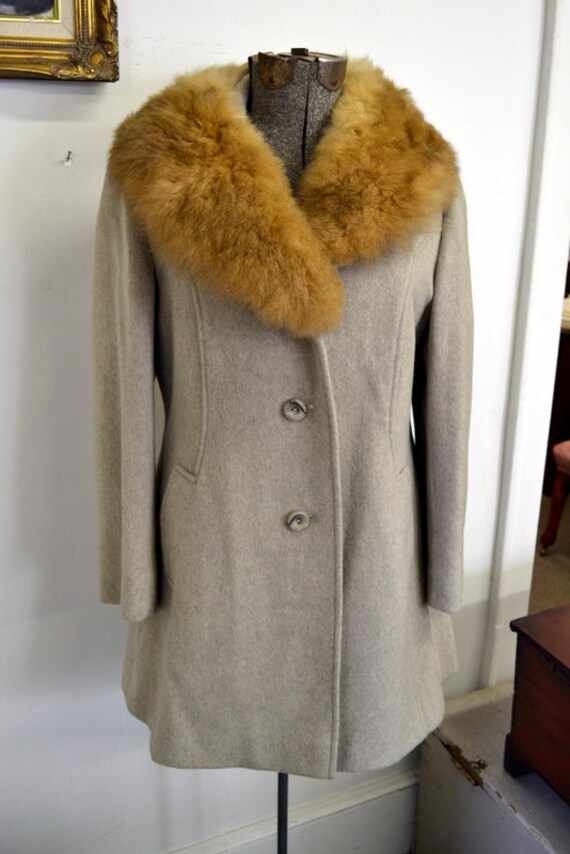 But regardless of the cute love story and typical wholesome characters required by Frank Capra for everything, the movie was expected to bomb. Claudette Colbert was only called in when several other actresses refused the part, and she would only agree to do it for double her normal fee (and that was really only because she was interested in working with Clark Gable). Gable wasn't very inspired by it, either, especially since he was loaned to Columbia and forced to do the movie as a punishment for being a bad boy off the lot. It was allotted a maximum four weeks weeks for production, at the end of which Colbert reportedly told a friend that she had just made the worst movie in the world.
But regardless of the cute love story and typical wholesome characters required by Frank Capra for everything, the movie was expected to bomb. Claudette Colbert was only called in when several other actresses refused the part, and she would only agree to do it for double her normal fee (and that was really only because she was interested in working with Clark Gable). Gable wasn't very inspired by it, either, especially since he was loaned to Columbia and forced to do the movie as a punishment for being a bad boy off the lot. It was allotted a maximum four weeks weeks for production, at the end of which Colbert reportedly told a friend that she had just made the worst movie in the world.So, it came as quite a surprise when the film was nominated for multiple Academy Awards. The shock was magnified even more when it swept all five of the major categories: Best Actor, Best Actress, Best Screenplay, Best Director, and Best Picture. It held this record for almost forty years, and netted Clark Gable and Claudette Colbert the only Oscars they ever received. In fact, Colbert hated the movie so much, she didn't even go to the Academy Awards, opting instead for a vacation. She was hastily fetched from a train station and rushed to the ceremony to accept her statue, very under-dressed for the occasion in a simple traveling suit.
 |
| Claudette Colbert & Shirley Temple, 1935 Academy Awards |
But even more interesting, because I cannot resist a link to Looney Tunes, is the fact that Friz Freleng loved this movie, rating as one of his top favorite films. AND, he wrote in his memoirs that there were three moments of inspiration in this movie that were later used in the development of Looney Tunes characters:
1. The personality of Oscar Shapely, an annoyingly smooth-talking fellow traveler on the bus:
 |
| Roscoe Karns as Oscar Shapely |
2. A scene in which Clark Gable eats carrots and speaks in a fast, staccato manner:
3. And a fictional mobster, Bugs Dooley, invented by Clark Gable's character to frighten Mr. Shapely away from the bus:
 |
| Clark Gable & Roscoe Karns, It Happened One Night |
There were also hints that Yosemite Sam and Pepe LePew possessed characteristics derived from two other characters from this film: Alexander Andrews and King Westley (the female lead's father & husband). It's also noteworthy that for a movie with so few wardrobe changes (Claudette Colbert only has 4 outfits in the movie: 2 items of nightwear, a wedding dress, and a travel suit), Vanity Fair chose to pay tribute to the fashion:
 |
| James Marsden & Rose Byrne, August 2009 Vanity Fair |
Another interesting tidbit: Claudette Colbert was a prude while making this movie. The "walls of Jericho" were only added because she refused to disrobe on camera, and she put up quite a fight about having to expose her leg during the hitch-hiking scene.
I find this quite confusing, given the fact that Claudette Colbert was also in Cleopatra the very same year (1934), and she looked like this:
Yes, that is close enough, Mr. DeMille....
Information obtained from : www.tcm.com, www.imdb.com















































